A Pressure Compensated Dripper is a specialized type of emitter used in drip irrigation systems to ensure consistent water flow regardless of variations in water pressure. This technology is particularly valuable in systems where there are differences in elevation or varying distances from the water source, which can affect water pressure.
Key Features of Pressure-Compensated Dripper
- Pressure Regulation:
- Consistent Flow: Pressure-compensated drippers maintain a steady flow rate of water, typically measured in liters per hour (LPH), even when water pressure fluctuates. This helps ensure uniform water distribution across the entire irrigation system.
- Range of Pressures: They are designed to operate effectively within a specified range of water pressures, allowing them to function reliably in various conditions.
- Design and Construction:
- Internal Mechanism: Pressure-compensated drippers incorporate internal mechanisms, such as diaphragms or membranes, that adjust water flow based on the pressure within the dripper itself. This mechanism counteracts changes in external water pressure to maintain a consistent output.
- Materials: Made from durable materials like UV-resistant plastics to withstand outdoor conditions and prolonged exposure to sunlight.
- Versatility and Application:
- Various Crops: Suitable for a wide range of crops, from row crops in agriculture to ornamental plants in landscaping.
- Different Terrains: Effective in sloped terrain or areas with uneven elevations where maintaining consistent water pressure is challenging.
- Advantages:
- Water Efficiency: Ensures efficient water use by delivering a consistent amount of water to each plant, reducing water waste and promoting healthy plant growth.
- Uniformity: Provides uniform irrigation across the entire field or garden bed, leading to more predictable crop growth and higher yields.
- Reliability: Minimizes the need for frequent adjustments or maintenance due to changes in water pressure, enhancing overall system reliability.
Installation and Use
- Placement: Install pressure-compensated drippers at appropriate intervals along the drip lines, ensuring each plant receives adequate water based on its needs.
- Connection: Connect the drippers to the main drip line using compatible fittings and tubing.
- Testing: Before planting, test the system to ensure all drippers are functioning correctly and delivering the expected amount of water.
- Monitoring: Regularly monitor the system to detect and address any issues such as clogging or damage to drippers.
Applications of Pressure Compensated Dripper
Pressure-compensated drippers are particularly beneficial in:
- Commercial Agriculture: Used in large-scale farming operations for row crops, orchards, and vineyards where precise water distribution is critical for crop health and yield.
- Greenhouses: Ideal for controlled environments where maintaining consistent moisture levels in soil is essential for plant growth.
- Landscaping: Applied in gardens, parks, and urban green spaces to efficiently water plants while conserving water resources.
Considerations
- Cost: Pressure-compensated drippers may be more expensive than standard drippers due to their advanced technology and materials.
- Maintenance: While generally reliable, occasional cleaning and inspection may be necessary to ensure optimal performance and longevity.

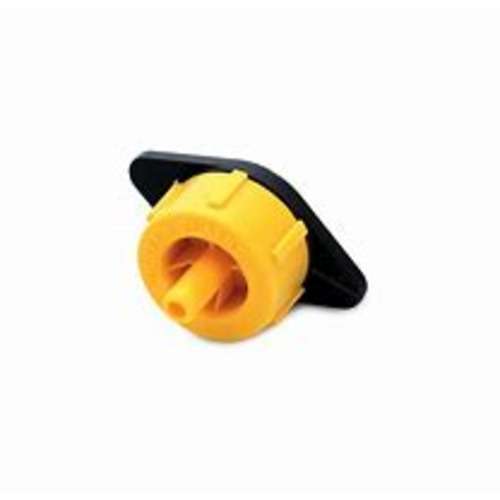


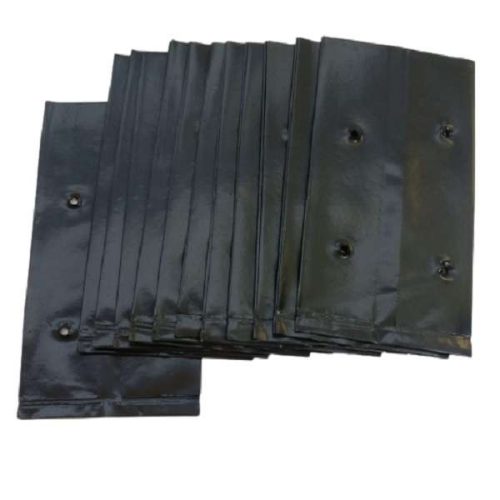
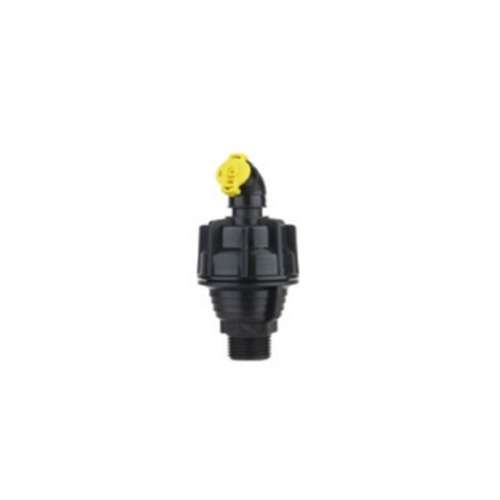


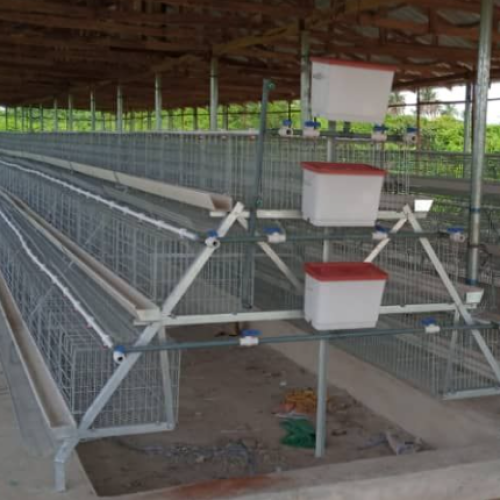
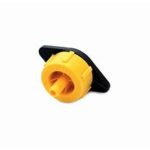
Reviews
There are no reviews yet